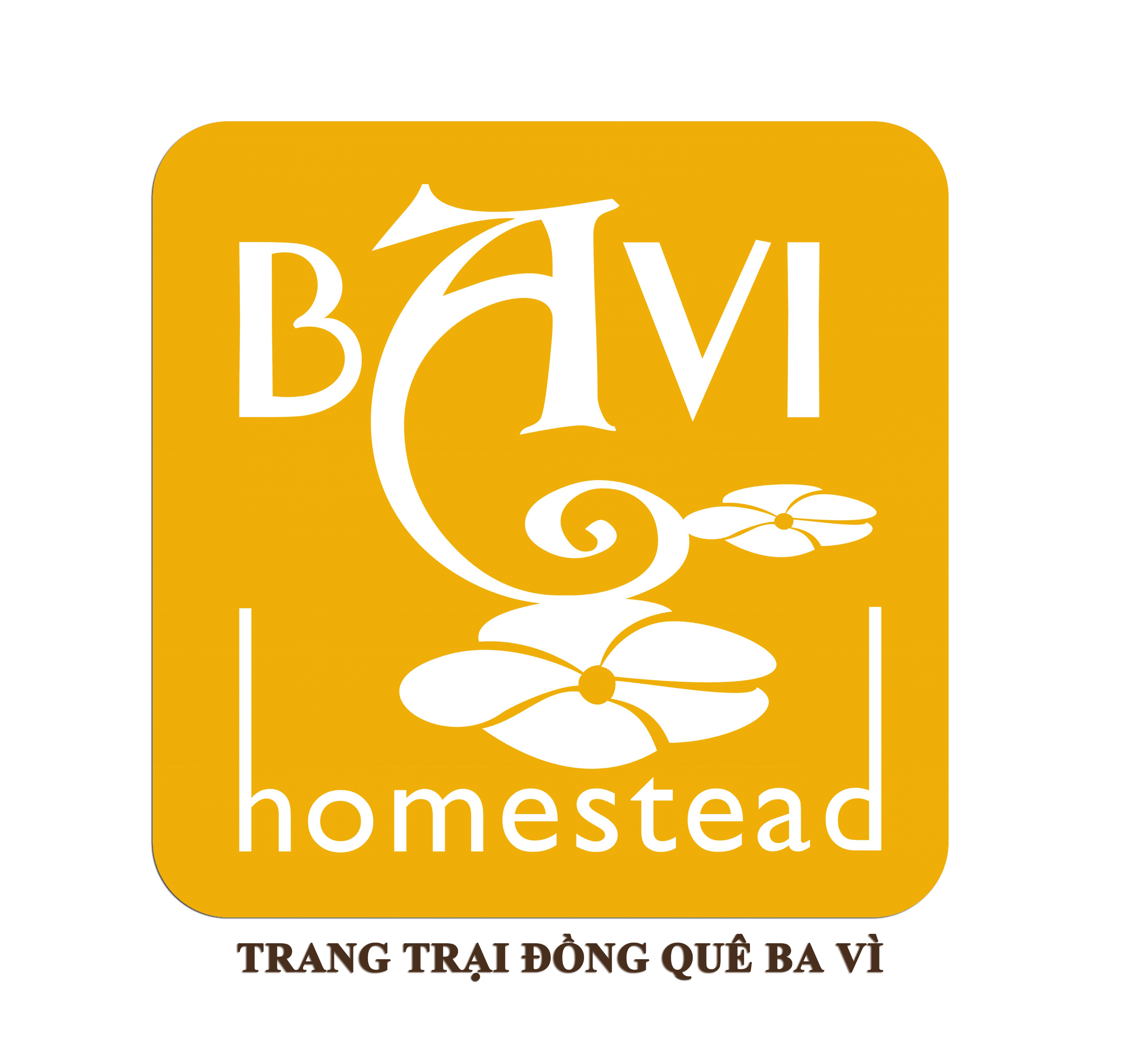Làng Cổ Đường Lâm
Đình Mông Phụ của làng cổ Đường Lâm, được xây dựng vào năm 1684, mang đậm đặc trưng kiến trúc phong cách Việt-Mường với những ngôi nhà sàn và sàn gỗ nâng cao khỏi mặt đất. Khu vực này bao gồm Nghi Môn (cổng nghi lễ), sân đình, hai tòa nhà hai bên (Tả Mạc và Hữu Mạc), và Đại Đình (hội trường chính) ở giữa. Bước vào bên trong, bạn sẽ chiêm ngưỡng nhiều tấm bảng sơn mài ngang cổ xưa và các câu đối song hành có niên đại hàng trăm năm.
Giống như cây đa, Đình Mông Phụ và giếng, những giếng cổ được coi là linh hồn của nhiều làng quê Việt Nam. Du lịch đến làng cổ Đường Lâm, bạn có thể gặp nhiều giếng cổ. Nước ở đây rất trong và cũng là nơi người dân địa phương lấy nước sinh hoạt hàng ngày. Trải qua hàng trăm năm, những giếng cổ ở làng Đường Lâm vẫn nguyên vẹn và cực kỳ kiên cố.
Các điểm du lịch nổi bật: Đình Mông Phụ, giếng cổ Đường Lâm, nhà thờ Thám hoa Giang Văn Minh, nhà cổ bà Điền, nhà ông Hùng, nhà ông Thể, và lăng đền thờ Ngô Quyền.
Đến với Đường Lâm, bạn không chỉ tham quan các công trình kiến trúc cổ kính và khám phá văn hóa truyền thống độc đáo mà còn thưởng thức vô số món ăn đặc sản mang hương vị của miền quê Bắc Bộ, như gà mía, thịt quay đòn, chè kho, tương gạo, kẹo vừng, dồi, lạc, và bánh tẻ.


.jpg)
.jpg)
.jpg)
.jpg)
.jpg)
.jpg)
.jpg)
.jpg)
.jpg)
.jpg)
.jpg)
.jpg)
.jpg)